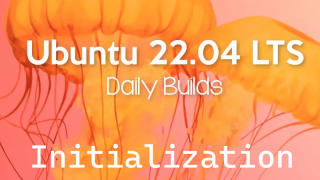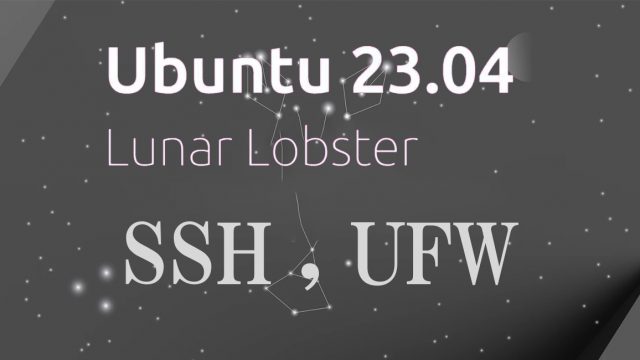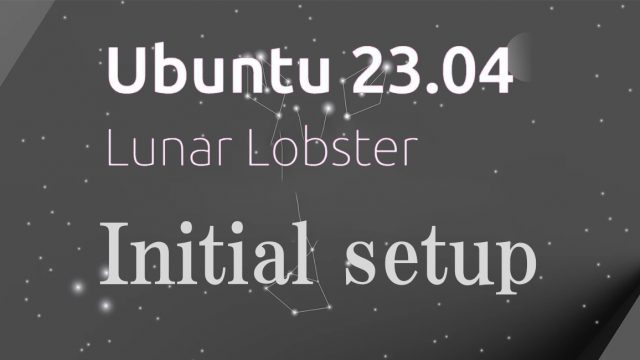Ubuntu Server23.04 : SNORT2 , Tripwire
1.SNORT2 InstallSnort is an open source network intrusion detection system that can perform real-time traffic analysis and packet logging on IP networks.It can perform "protocol analysis," "content search," and "matching," and can be used to detect a variety of attacks, including buffer overflows, stealth port scans, CGI attacks, SMB probes, OS fingerprinting attempts, semantic URL attacks, and server message block probes. The SNORT3 can be used to detect a wide variety of attacks, includingTo install SNORT3, see2.Tripwire InstallImplement a system to detect file tampering on Linux servers by crackers.This time, Tripwire, a host-based IDS (IDS=Intrusion Detection System), will be installed as the file tampering detection system.Tripwire detects file additions/changes/deletions by creating a database of file status at the time of installation and comparing the database with the current status of the file.
2023.10.07
Ubuntu23.04_en
 Ubuntu22.04_en
Ubuntu22.04_en 













